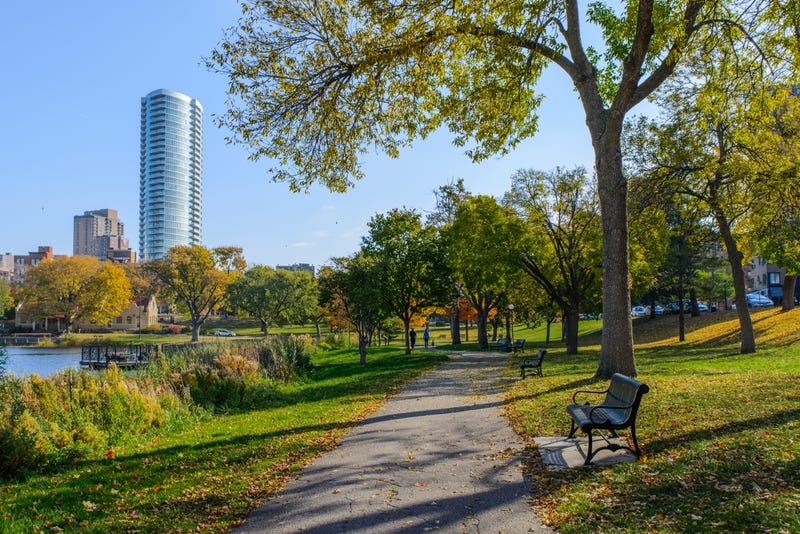
14 local communities and regional park systems are getting new trees to help improve their canopies and replace those destroyed by emerald ash borer infestations.
The grants from the Metropolitan Council total $2.5 million.
Senior Climate Planner Gillian Greenberg says a variety of species will be planted to help ensure long-term success.
"These are climate adapted species, and they're a wide variety of species, so that if a pest comes through in the future, it might take out a few trees across the city but it won't have such widespread impact," says Greenberg.
She says a healthy tree canopy can help cut homeowner energy costs, improve air quality, help with storm water management and property values.
"Trees really fit into that vision really nicely, because we know that the trees that we're planting today, while they might not provide a benefit tomorrow or even maybe one year from now, they're really going to provide a lot of benefits in a decade from now and for future generations," Greenberg explains.
They are awarding more than 5,100 of the new trees. The group is also removing over 2,200 diseased or hazardous trees across the Twin Cities region.
"Cities and park agencies are the experts on where trees are needed most in their communities, and the Met Council is proud to provide the resources to make those vital plantings happen," said Met Council Chair Charlie Zelle. "When we work together like this, we're not just planting trees, we're growing stronger, more resilient communities that benefit everyone in our region."
Grant recipients span the seven-county metropolitan area, from Anoka to Minnetonka to Oakdale. The Minneapolis Park and Recreation Board received the largest award for its proposal to replace throughout the city's park system and boulevards.
The City of West Saint Paul secured the second-largest grant to plant 250 trees, primarily in historically disadvantaged neighborhoods near parks, playgrounds, and residential areas that currently lack adequate tree coverage.
